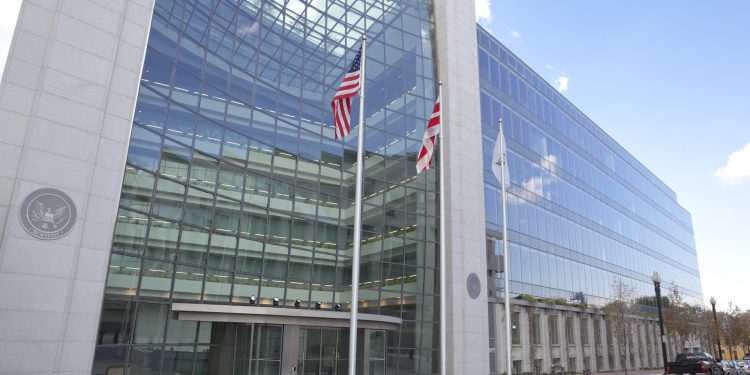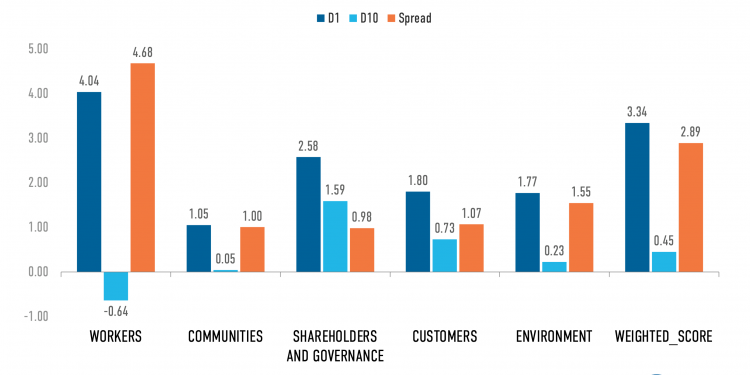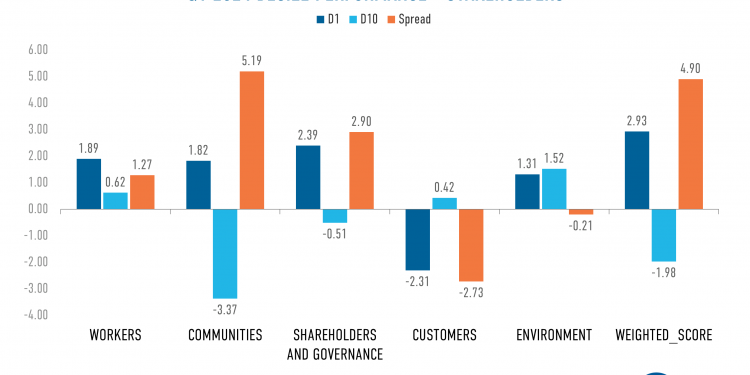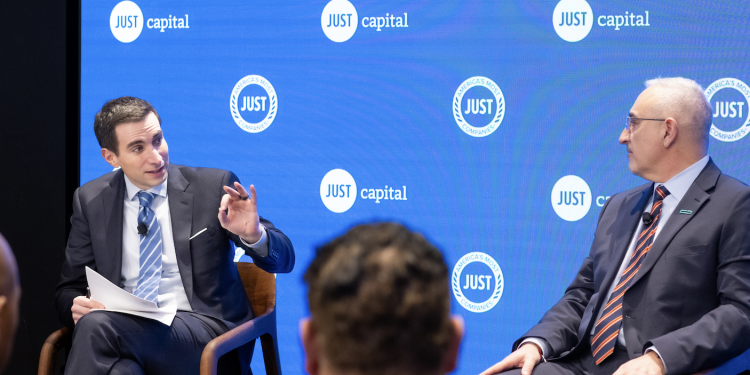C-Suite Leaders of Nasdaq, Engine No. 1, and Lord Abbett Discuss the Future of ESG and Their Role In It

Proxy season is upon corporate America. And this year companies are facing added scrutiny from shareholders on environmental, social, and governance (ESG) issues. A recent report found that ESG proposals are up 22% from last year, with investors filing a record 529 ESG-related resolutions. Major asset managers like State Street, BlackRock, and Vanguard have also set clear ESG priorities in their voting guidelines.
At the same time, companies and investors are facing new challenges to putting their ESG principles into practice. The war in Ukraine has pushed the private sector to consider how to support a rapidly shifting humanitarian crisis, and what it means to protect democracy and rule of law over the long term. Domestically, rising discontent among workers and growth in unionizing efforts are also putting companies’ commitments to their workforce, the ‘S’ in ESG, to the test. And on top of all that, the SEC is moving forward with environmental reporting standards and has indicated those for human capital (the ‘S’) are next.
These issues pose new, and evolving, questions to investors’ ESG approaches. To unpack them, we brought together Engine No. 1 CEO Jennifer Grancio, Lord Abbett CEO and Managing Partner Doug Sieg, and Nasdaq SVP and Head of U.S. Listings and Revenue Karen Snow, on Monday at Nasdaq Market Site for our event, “The Strategic Imperative of the ‘S’ of ESG.”
Grancio, Sieg, and Snow sat down with CNBC’s Andrew Ross Sorkin to share how long-term corporate engagement, market-led solutions, and shifting materiality are influencing the direction of ESG investing. Read on for key takeaways and watch the full conversation below.
Look to, and value, long-term corporate action
Engine No. 1’s high-profile battle with Exxon last year thrust the firm into the spotlight as the key ESG activist investor for companies to watch during proxy season. But Grancio noted that Engine No. 1’s strategy is centered around evaluating companies’ long-term actions and performance. She pointed to the firm’s work with GM around electric vehicle (EV) transition as an example.
While, as Sorkin noted, Tesla’s value has outpaced GM’s, Grancio sees this as the market rewarding short-term innovation. She noted that Engine No. 1 looks at GM’s long-term investment in its workforce as a competitive advantage, while emphasizing that Engine No.1 holds this view regardless of the GM workforce’s unionized status. How you treat the workforce of a large public company over time will matter, she said, and she wants to see this approach become standard for shareholders. “As investors we’re looking at companies over a five, 10, 15-year period. We’re not rewarding or punishing people only on what they did over the last quarter or year,” Grancio said.
Sieg echoed her thoughts, adding that Lord Abbett’s ESG approach is grounded in the belief that companies that adhere to ESG principles may not trade better tomorrow, but will be better performing companies in the long run. And he sees long-term investor engagement with these companies as key to this success. “I don’t think divestment is a good idea,” he said. “And I don’t know if activism is a good idea. We need to be able to talk to companies.”
Focus on market-led solutions
Board diversity has been a key issue for ESG investors in recent years. But last week, a judge struck down a California law that would have required companies based in the state to meet a diversity quota for board membership, deeming it unconstitutional. Snow pointed out that the Nasdaq’s board diversity rule, which requires companies listed on its exchange to disclose their board demographics and have at least two “diverse” board directors or explain why they do not, is about disclosure, not quotas. “It’s about taking leadership now and presenting guidelines that might help investors and others in the community understand what you’re doing,” she said.
Snow pointed out that Nasdaq created its rule with the perspective that a market-led solution would be better than a government-led solution. The rule, which the SEC approved last year, has already seen results, she added. “Prior to our rule, about 25% of the S&P 500 disclosed their board diversity, now over 60% have disclosed – and that’s in a year,” she said. Sieg agreed, adding that long-term behavior change won’t come from mandates, but from an understanding that capital isn’t going to flow unless companies make disclosures and bring investors along on their ESG journeys.
ESG materiality is increasing, but will vary by investor and factor
Grancio, Sieg, and Snow each agree that the materiality of ESG factors is increasing. How these factors are weighted in portfolios and incorporated into investment decisions will vary, however. Sieg emphasized that incorporating ESG into portfolios is not an easy process, especially given the gaps in data and disclosure. How ESG factors into Lord Abbett’s decision-making will vary by sector, company, and research analyst, right now, he said, but it’s gaining traction.
“I don’t think ESG will ever be 100% of the decision-making of buy and sell. It just won’t. But five years ago, was it 5%? Today, is it 15-20%?,” he said. “Will it be 35-40%? Yes. Will that be an indicator of better culture, better long-term growth, more innovation? Yes.”
For Engine No.1, bad governance gets weighted more heavily than other factors, Grancio said. Otherwise, the firm is looking at the dollar impact of certain issues for a company, she said, pointing out that the Exxon campaign was really about the company’s long-term financial value. As Grancio put it, she hopes that one day we’re not even discussing ESG, but rather see its elements as core to a business.
Snow added that the weight of these different factors will depend on what’s most important to the investor beyond returns. A company may not be excelling on all ESG issues, she said, but the pressure to get it right is what matters.
That pressure is sure to only increase, and change, as companies enter proxy season. And investors, and other stakeholders will be watching closely to see how they respond to it.






